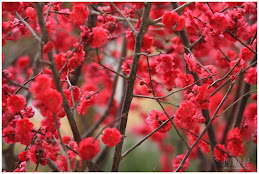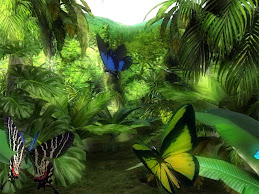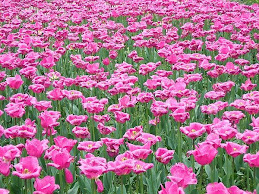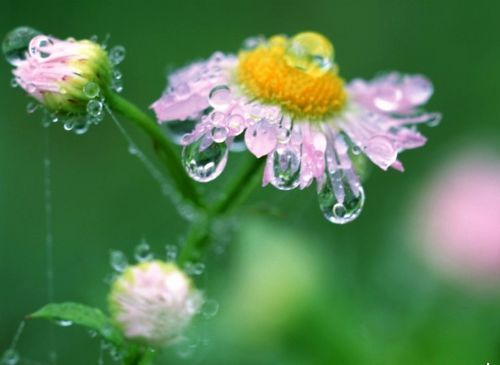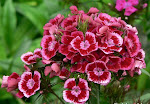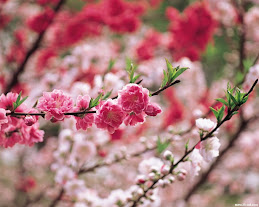Sat, Nov 06, 2010, Mind Your Body, The Straits Times
Source website: http://www.asiaone.com/Health/Eat%2BRight/Story/A1Story20101101-245148.html

PHOTO: Bananas
Bananas contain three natural sugars - sucrose, fructose and glucose - which can give you an instant energy boost.
http://www.asiaone.com/a1media/health/11Nov10/images/20101106.183329_st_banana.jpg
Bananas
2. Some banana trees can continue producing fruit for up to 100 years, although most banana plantations renew their stock every 10 to 20 years.
3. The banana is botanically classified as a berry and is from the same family as ginger, turmeric and cardamom.
4. There are over 400 varieties of bananas around the world and it is the world's best-selling fruit, outranking the apple and orange.
5. Bananas are a good source of vitamin C, potassium and dietary fiber, and contain no fat, cholesterol or sodium, according to the International Banana Assocition (website: eatmorebananas.com).
6. They also contain a rich supply of vitamin B6, providing 20 per cent of the Recommended Daily Allowance of B6. Vitamin B6 helps in protein metabolism, red blood cell formation and the functioning of the central nervous system.
7. Bananas contain more digestible carbohydrates than any other fruit. The advantage is that the body burns off calories from carbohydrates more quickly and easily than calories from protein or fat.
8. Bananas contain three natural sugars - sucrose, fructose and glucose - which can give you an instant energy boost.
9. A banana makes a good after-workout snack because it helps to replenish necessary carbohydrates, glycogen and body fluids depleted during exercise.
10. Research has proved that just two bananas provide enough energy for a strenuous 90-minute workout.
Source website: http://health.asiaone.com/Health/Eat%2BRight/Story/A1Story20101101-245148/2.html

PHOTO: Lemons
A medium lemon contains just 15 calories, which include 5g carbohydrate, 1g dietary fibre and 4g sugars.
http://health.asiaone.com/A1MEDIA/health/11Nov10/images/20101104.150410_lemon_cynthia-low.jpg
Lemons
Source website: http://health.asiaone.com/Health/Eat%2BRight/Story/A1Story20101101-245148/3.html

PHOTO: Oranges
A medium orange is packed with as much fibre as seven cups of cornflakes.
http://health.asiaone.com/A1MEDIA/health/11Nov10/images/20101104.150410_st_oranges1.jpg
Oranges
2. They are an excellent source of vitamin C and contain some vitamin A.
3. Once cut or squeezed, the vitamin C quickly begins to dissipate. After eight hours at room temperature or 24 hours in the refrigerator, there's a 20 per cent vitamin C loss. Canned, bottled and frozen-concentrate orange juices have a greatly decreased vitamin C content.
4. Orange juice is not necessarily high on the nutritional scale. While it may contain vitamin C and potassium, it provides little more than a source of carbohydrates in the form of a natural sugar.
5. Orange juice will lose more vitamin C content when stored in an open container or one made of plastic with a lid. Always store it in a glass container with a screw cap.
6. A medium orange is packed with as much fibre as seven cups of cornflakes.
7. Oranges are high in antioxidants, which neutralise the effects of free radicals - groups of atoms that disrupt cell reproduction.
8. After chocolate and vanilla, orange is the world's favourite flavour.
Source website: http://health.asiaone.com/Health/Eat%2BRight/Story/A1Story20101101-245148/4.html

PHOTO: Kiwi
One cup of kiwifruit contains 108 calories. It is a good source of fibre, vitamin E and potassium.
http://health.asiaone.com/A1MEDIA/health/11Nov10/images/20101104.150410_st_kiwi1.jpg
Kiwi
7. One cup (about 180g) of the fruit contains 108 calories.
Source website: http://health.asiaone.com/Health/Eat%2BRight/Story/A1Story20101101-245148/5.html

PHOTO: Watermelon
The watermelon is 92 per cent water and 8 per cent sugar.
http://health.asiaone.com/A1MEDIA/health/11Nov10/images/20101104.150410_st_watermelon1.jpg
Watermelon
Source website: http://health.asiaone.com/Health/Eat%2BRight/Story/A1Story20101101-245148/6.html

PHOTO: Papaya
Papayas have 33% more vitamin C than oranges and have fewer calories.
http://health.asiaone.com/A1MEDIA/health/11Nov10/images/20101104.150410_st_papaya1.jpg
Papaya
Reference
- Sat, Nov 06, 2010, Mind Your Body, The Straits Times
- http://www.asiaone.com/Health/Eat%2BRight/Story/A1Story20101101-245148.html
- http://health.asiaone.com/Health/Eat%2BRight/Story/A1Story20101101-245148/2.html
- http://health.asiaone.com/Health/Eat%2BRight/Story/A1Story20101101-245148/3.html
- http://health.asiaone.com/Health/Eat%2BRight/Story/A1Story20101101-245148/4.html
- http://health.asiaone.com/Health/Eat%2BRight/Story/A1Story20101101-245148/5.html
- http://health.asiaone.com/Health/Eat%2BRight/Story/A1Story20101101-245148/6.html
- http://www.asiaone.com/a1media/health/11Nov10/images/20101106.183329_st_banana.jpg
- http://health.asiaone.com/A1MEDIA/health/11Nov10/images/20101104.150410_lemon_cynthia-low.jpg
- http://health.asiaone.com/A1MEDIA/health/11Nov10/images/20101104.150410_st_oranges1.jpg
- http://health.asiaone.com/A1MEDIA/health/11Nov10/images/20101104.150410_st_kiwi1.jpg
- http://health.asiaone.com/A1MEDIA/health/11Nov10/images/20101104.150410_st_watermelon1.jpg
- http://health.asiaone.com/A1MEDIA/health/11Nov10/images/20101104.150410_st_papaya1.jpg




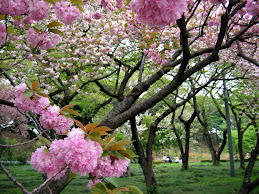
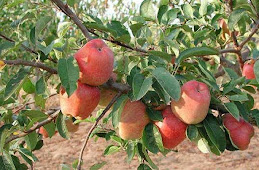



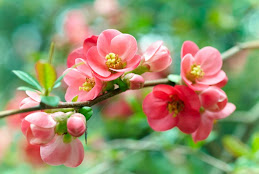


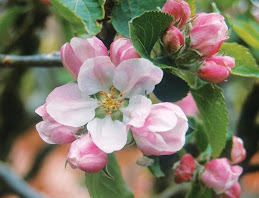


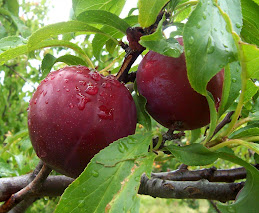
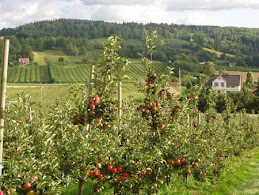
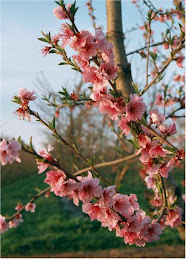





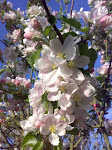





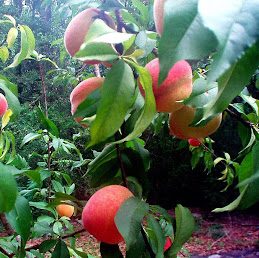

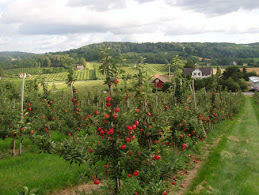



.jpg)
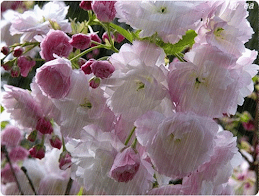.gif)
.jpg)
